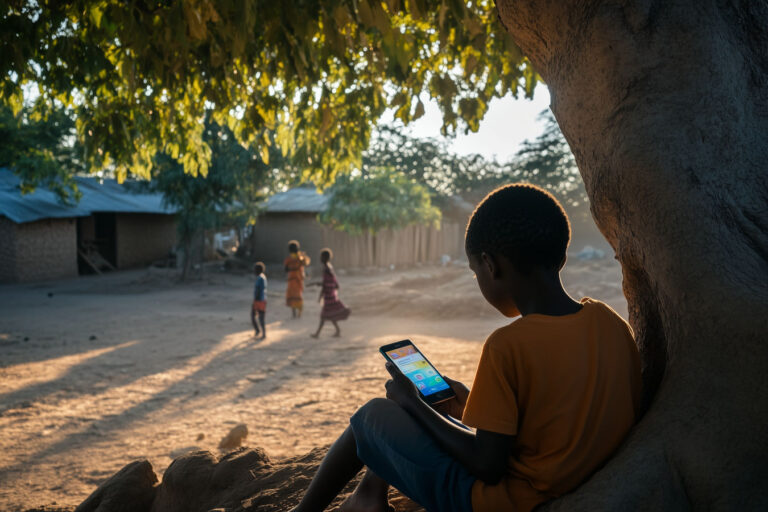We’re excited to share a newly published scientific article by Professor Heikki Lyytinen, titled Learning Difficulties Related to Written Language, Including Developmental Dyslexia.
Why this research matters
The article explores decades of research into how children learn to read—and why so many struggle. While developmental dyslexia is a genetically rooted difficulty in decoding written language, most reading problems globally are not biological. They’re caused by limited exposure to reading, poor instruction, or lack of motivation.
Yet regardless of cause, one finding is clear:
Reading fluency is not enough. Children must also learn to comprehend what they read.
In languages with transparent spelling (like Finnish, Spanish, or African languages), children often learn to decode quickly. But this can lead to a false assumption that they “know how to read”—even if they don’t understand the meaning.
From decoding to full comprehension
To bridge the gap between Basic Reading Skills and Full Literacy, Lyytinen’s team developed a set of digital learning tools:
- Comprehension Game: A tool for training reading comprehension by teaching learners to focus on key ideas in a text.
- Tale Reader: A story-based application that supports children in learning to read with purpose, even before school age
These tools are particularly important in low-resource settings, where printed books are scarce but mobile phones are common.
Real-world validation
In a field study in rural Zambia, children and adults with no prior reading ability learned to decode their native language (Nyanja) using GraphoGame. However, only those who also used the Comprehension Game improved their understanding of schoolbooks and real-world texts.
One remarkable finding: local adults began using AI chatbots to explore topics like climate change and global food prices—demonstrating true reading comprehension and knowledge transfer.
Key takeaways
✅ Developmental dyslexia is real, but it is preventable and manageable through early digital training
✅ Most reading difficulties stem from lack of opportunity, not disability
✅ Decoding is only the first step—learners need to comprehend and apply what they read
✅ With the right tools, Full Literacy is possible for all children



